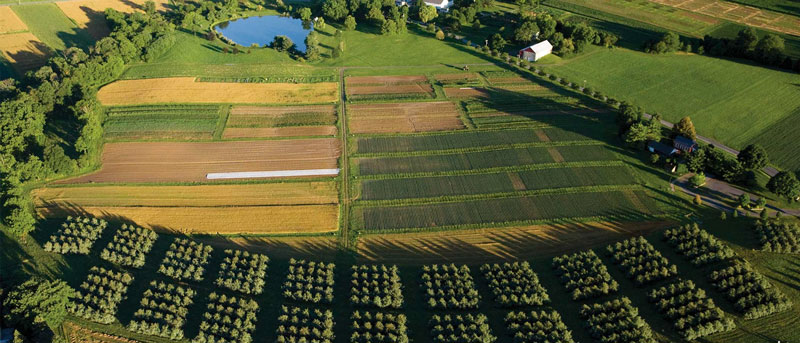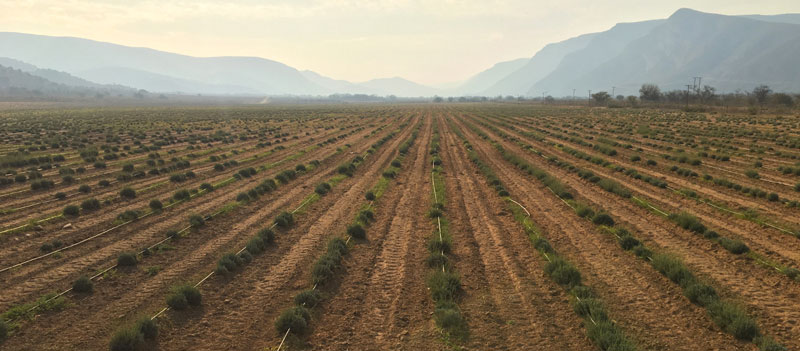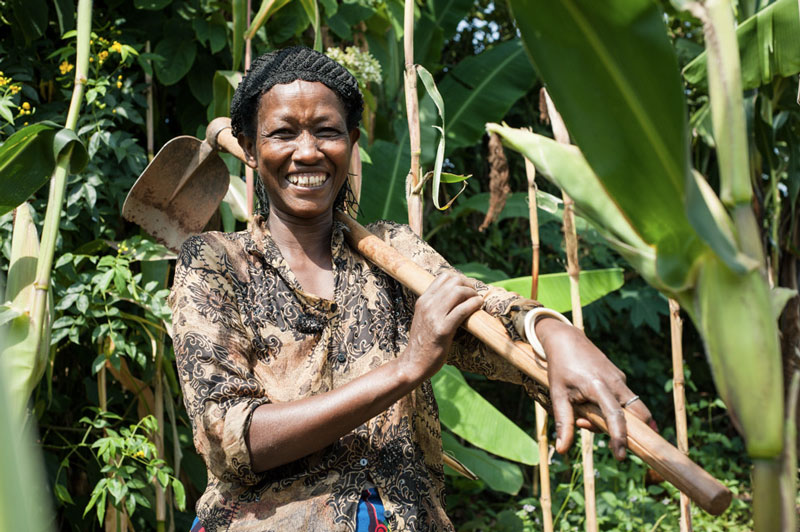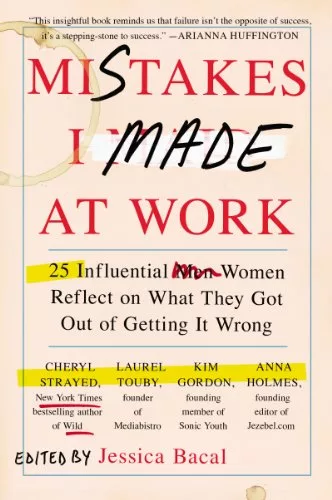A SOCAP Guest Post by Harrison Pharamond
We live in a warming world with a population expected to grow to well over 9 billion by 2050, approximately 2.2 billion more than the current global population. 2017 is shaping up to be the second-warmest year on record, second only to last year, which was the third record-setting year in a row in terms of global surface temperatures and the first year to reach more than 1 degree Celsius above the average between 1880-1999. According to the Food and Agriculture Organization of the United Nations, current population projections will boost global agricultural demand by some 50% by 2050, assuming a scenario of modest economic growth. As economic development, climate change, and shifting population dynamics drive structural changes across emerging and developed economies alike, meeting the demands that accompany such immense population growth sustainably will be one of the defining challenges of this century.
Climate change was featured prominently as one of the main themes of SOCAP17 this year, discussed across several panels including “Investing in Climate Change Innovation,” “Forget Net Zero: It’s Time to Invest in Negative Carbon,” “Beyond Energy: Blended Finance and Impact Investing in Underserved Natural Capital Markets,” and “The Promise of Carbon Farming: Leveraging Investment to Balance the Climate.” Agriculture, which currently emits more greenhouse gases than all of our cars, trucks, trains, and airplanes combined, was necessarily an important topic of discussion across these panels.
Satisfying the immense growth in agricultural demand in the coming decades with today’s high-input, resource and chemical intensive agricultural practices is not an option. These practices, while effective in terms of agricultural output, are driving mass deforestation, loss of biodiversity, water scarcities, soil depletion, and high levels of greenhouse gas emissions around the world. And in a world where climate change disproportionately affects poor and marginalized communities in emerging markets, we need to shift our focus from “net zero emissions” to “negative emissions.” Warmer global temperatures have adverse effects on crop yields in most of the world, especially in rural, low-income regions with less capacity to mitigate the negative impacts of climate change. Lower crop yields lead to lower incomes, which limits access to food in already food-insecure areas that struggle with poverty, inequality, poor health, malnutrition, and inadequate access to basic products and services. In pursuit of a truly sustainable future that is prosperous for all, the necessity for agricultural practices that are both ecological and productive has never been greater.
“Regenerative agriculture” — also referred to as sustainable or climate-smart agriculture — is one such practice that holds vast potential for economic benefit and carbon sequestration, a process by which carbon dioxide is drawn from the atmosphere and stored through natural or artificial means. “The purpose of regenerative agriculture is to continually improve and regenerate the health of the soil by restoring its carbon content, which in turn improves plant health, nutrition, and productivity ,” say the authors of a recently published book titled Drawdown. “Regenerative agriculture is an essential part of the global effort to draw carbon down from the atmosphere,” says Kevin Bayuk, Partner and Co-Founder of LIFT Economy and Senior Financial Fellow for Project Drawdown. Regenerative agricultural practices include:
- No tillage — tilling is a common agricultural practice that involves plowing land to expose soil underneath while destroying weeds and spreading fertilizer. Historically, tilling was considered effective in preparing farm land for planting and enhancing soil productivity. When a field is tilled, however, carbon is released into the atmosphere, beneficial microbial life is damaged or removed, and water in the soil evaporates, making the soil less nutrient-rich and productive. Simply by choosing not to till their fields, farmers can increase their crop yields and improve the health of their land.
- Diverse cover crops — cover crops are crops that are planted in the “off-season,” between harvests, to help improve soil texture, structure, and fertility while guarding against erosion, pests, and weeds. Many farmers use one or two crops for this purpose, but research and experimentation have shown that a wider variety of crops planted during a cover period leads to even healthier soil, as each crop brings a distinct addition or nutrient to the soil structure.
- Multiple crop rotations and intercropping — regenerative farms often rotate several crops in a given year, instead of alternating crops on a yearly basis as many conventional farms do. This practice acts as a form of crop insurance through diversification, while helping to prevent pests and fungi. Intercropping, the practice of growing two or more crops simultaneously in proximity of one another, enhances soil fertility and nutrient content.
- No pesticides or synthetic fertilizers — both pesticides and synthetic fertilizers, although effective when seeking short-term results, actually decrease the fertility of soil in the long-run by reducing the amount of organic matter and often increasing the nitrogen content. Chemicals in these substances can also be harmful for both human and animal health when overused.
- Managed grazing — more than one billion acres of land are overgrazed, which causes soil health to decline and carbon to be lost. However, properly managed grazing that mimics natural grazing cycles can enhance the positive effects of the above practices, improving water retention, productivity, soil health, and carbon sequestration.

The Rodale Institute farm in Kutztown, PA
Photo: Jim Richardson/National Geographic Creative
Across the United States and the world, pioneers of regenerative agriculture are demonstrating how these practices, when employed and managed properly, can yield incredible results. “Investing in soil carbon is the best way for farmers to make their farms profitable,” says Cory Carman of Carman Ranch, which has used regenerative practices to become the largest supply chain of grassfed beef in the Northwestern United States. The Rodale Institute in Kutztown, PA — an organization that pioneered and advocates the use of regenerative agricultural practices — transformed 333 acres of formerly degraded farmland purchased in 1971 into highly productive land that actively sequesters carbon through regenerative agriculture. “The strategy of using natural resources and our natural assets to draw down carbon from the atmosphere is very real and very tangible, says Amrita Vatsal of Ecotrust Forest Management, a forestland investment management and advisory company that acquires real assets to conserve and manage sustainably while fostering rural economic development in the United States. “It’s a strategy that already works. It’s not a strategy that requires new technologies to implement. We can do it now.”
Grounded, an organization based in Cape Town, South Africa, “works with farmers to develop regenerative businesses establish a healthier and more profitable balance between nature and agriculture, while shortening the value chain between producers and consumers.” In partnership with Living Lands, Commonland, the Coca Cola Africa Foundation, and local farmers, Grounded is helping to revitalize the Baviaanskloof, a protected area of South Africa and home to some of the world’s critical biodiversity hotspots. Decades of goat farming have led to severe land degradation in the Baviaanskloof, risking both the sustainability of the land and the livelihoods of the people who inhabit it. In response to this threat, Grounded and its partners have helped incorporate essential oils as an alternate source of income for the farmers in the region. By transitioning farmers to lavender and rosemary, which require little water and less space than goats, Grounded is actively helping to increase the soil quality and vegetation cover in the region. The Baviaanskloof Development Company now processes and markets these essential oils, increasing farmer incomes, generating at least 15-20 additional jobs, and promoting the restoration of thousands of hectares of degraded land.

A lavender farm in the Baviaanskloof, South Africa | Photo: Grounded
One Acre Fund is an organization that provides a comprehensive set of services to smallholder farmers throughout East Africa, including financing for farm inputs, distribution of seed and fertilizer, training on regenerative agricultural practices, and market facilitation to maximize profits from harvest sales. One Acre Fund’s approach promotes intercropping and other agricultural practices that benefit soil structure, help ensure long-term soil fertility, and reduce synthetic fertilizer and pesticide use through training on proper soil management, composting, and other regenerative practices. Their work has benefited the lives of over 400,000 smallholder farmers across East Africa, leading to healthier soil, better crop yields, and an increase in farmer income of over 50%.
Evidently, the benefits of regenerative agriculture go beyond environmental revitalization and carbon sequestration — regenerative practices have very tangible and long-lasting impacts on the lives of the farmers and families who adopt them. These benefits include:
- Higher and more reliable incomes — regenerative agriculture improves soil structure, texture, fertility, and carbon content, enhancing natural productivity. This increases average crop yields, which in turn improves farmer incomes and allows for a variety of social and economic benefits including greater freedom of choice, childhood education, and improved savings and credit.
- Increased resilience to climate change — improvements in soil structure and texture also enhance soil water retention, and therefore crop resistance against droughts and other environmental shocks. Intercropping, simply the act of growing multiple crops at once, reduces the risk of losing an entire harvest due to a pest infestation or other causes that might destroy a certain crop.
- Improved food security and nutrition levels — more resilient agricultural practices and higher soil nutrient content naturally leads to stronger food security and more nutritious crops. There has been undeniable progress in the reduction of undernourishment and the improvement of nutrition levels and health, but even today nearly 800 million people are chronically hungry and 2 billion suffer from micronutrient deficiencies.
Global poverty, food security, hunger, and malnutrition are all inextricably linked with climate change, population growth, and agricultural demand and efficiency. These universal issues must be addressed with powerful solutions across all sectors and implemented through new and existing partnerships between local and international actors. Regenerative agriculture is one of these solutions, and it is both economically and environmentally effective. According to Drawdown, regenerative agriculture has the potential to reduce 23.2 gigatons of carbon dioxide globally through sequestration and reduced emissions, and could provide a $1.9 trillion financial return by 2050 on a combined investment of $57 billion. In a warming world with a growing population, dwindling natural resources, and intensifying environmental disasters, that is more than a worthwhile investment.

One Acre Fund client Agnes Mukamana in her field of maize in Ryarhuanga, Rwanda | Photo: Hailey Tucker/One Acre Fund
 Harrison Pharamond is the communications and development associate at MCE Social Capital, where he is responsible for writing and designing materials that communicate MCE’s impact and operations to support business development. Harrison is also an investor deliverable reviewer for Agora Partnerships and an external consultant for Sonen Capital LLC, and recently completed a fellowship with Alterna Center for Social Innovation and Entrepreneurship in Guatemala. He is passionate about finding innovative solutions to both economic and environmental issues and believes that social entrepreneurship is crucial to sustainable development. Harrison is a graduate of the University of Pennsylvania, where he graduated summa cum laude with a degree in English and a minor in Hispanic Studies. He currently lives in Philadelphia.
Harrison Pharamond is the communications and development associate at MCE Social Capital, where he is responsible for writing and designing materials that communicate MCE’s impact and operations to support business development. Harrison is also an investor deliverable reviewer for Agora Partnerships and an external consultant for Sonen Capital LLC, and recently completed a fellowship with Alterna Center for Social Innovation and Entrepreneurship in Guatemala. He is passionate about finding innovative solutions to both economic and environmental issues and believes that social entrepreneurship is crucial to sustainable development. Harrison is a graduate of the University of Pennsylvania, where he graduated summa cum laude with a degree in English and a minor in Hispanic Studies. He currently lives in Philadelphia.





